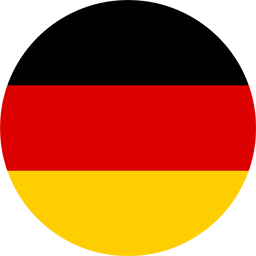 DeutschlandLanguage
DeutschlandLanguage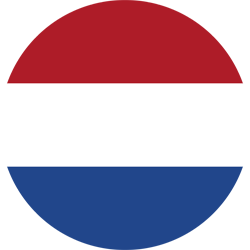 Nederland
Nederland Österreich
Österreich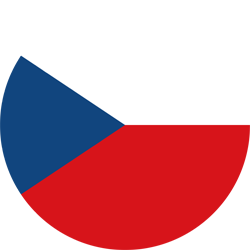 Česko
Česko Slovensko
Slovensko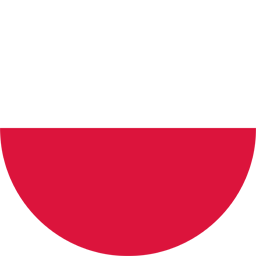 Polska
Polska France
France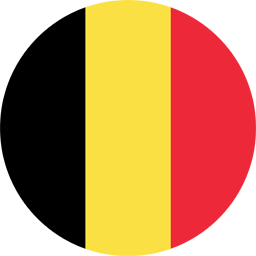 BelgiëLanguage
BelgiëLanguage Italia
Italia
Sustainable printing, it’s that easy: As an environmentally conscious company, we give you the opportunity to offset the CO₂ emissions caused by producing your print product by making a climate contribution.

During the process of producing your print products, CO₂ is released. As a responsible printing company, printworld.com offers you the opportunity to use the “climate contribution” option to offset exactly the amount of carbon dioxide emitted during the production of your print products. This way we jointly make a contribution to greater sustainability in the printing industry.
With your climate contribution, you support recognized climate protection projects and thus make a positive contribution to climate and environmental protection.
If compensation has been made, you can of course communicate your contribution to environmental protection on your print product. As soon as you have successfully created your order with CO₂ compensation, we will provide you with an identification label with an order-related ID number in the “Print data upload” tab. You can download this label as a pdf and place it on your print product before uploading your print file. The label is intended exclusively for your order. This way you or your customers can see at any time how many greenhouse gases were produced during production of your order and which climate protection project you used to offset them.
1. Determining the CO₂ emissions of the print product
The product carbon footprint, the CO₂ footprint of print products, can be calculated based on company and order-specific information. For print products, the cradle-to-gate approach is usually chosen, which takes into account the raw materials used, their transport and the actual production process.
2. Offsetting CO₂ emissions
Emissions are offset by internationally recognized climate protection projects. These projects achieve a measurable CO₂ reduction and are checked regularly. As a result, you offer offset CO₂ print products to your customers.
3. Product labeling and transparent representation of the process
For every print job produced with the additional “climate contribution” option, you will receive the label with an order-related ID number. By entering the ID number on www.co2unt.com, the process of the CO₂ offset becomes transparent and traceable. In addition to information about the order and the CO₂ amount, you can also find information about the supported climate protection project.
Climate protection projects demonstrably save greenhouse gases, for example by reforestation or renewable energies. Independent organizations such as TÜV, SGS, PwC and others control the exact amount of savings. The project operator can finance the project by selling certified emissions reductions. Only projects requiring financial support are recognized as climate protection projects.
YYou support a combined climate protection project consisting of two international sub-projects and one regional project.
Hydropower in Chile: Since 2011, the run-of-river power plant in the Libertador Bernardo O'Higgins region has been using the potential of the Chachapoal River to generate electricity, thereby making a positive contribution to covering the region’s increasing demand for electricity including from renewable energies. By using the renewable energy source of water, the proportion of fossil fuels in the electricity mix is reduced. This reduces CO2 emissions in the energy sector and achieves positive ecological efforts.
Reforestation in north-central Costa Rica: As part of this project, extensively used pasture areas are being converted into near-natural forest plantations. Primarily native tree species are used for reforestation and deliberate attention is paid to a mix of pioneer trees, medium-growing and slow-growing shade trees. A portion of the project area consists of remaining old-growth and secondary forests and wetlands, some of which are classified and managed as High Conservation Values Forests (HCVF) according to the Forest Stewardship Council.
These areas not only serve as biological corridors, they are also home to many endangered animal species.
Rewetting of moors in Germany: This project supports the rewetting of moors so that they can once again function and continue to function as CO2 storage. By raising the water level, peat in the moor is preserved and peat decompensation is reduced or stopped. Rare animals also profit from this, for example, lapwings and corncrakes as well as spotted crakes and moor frogs.